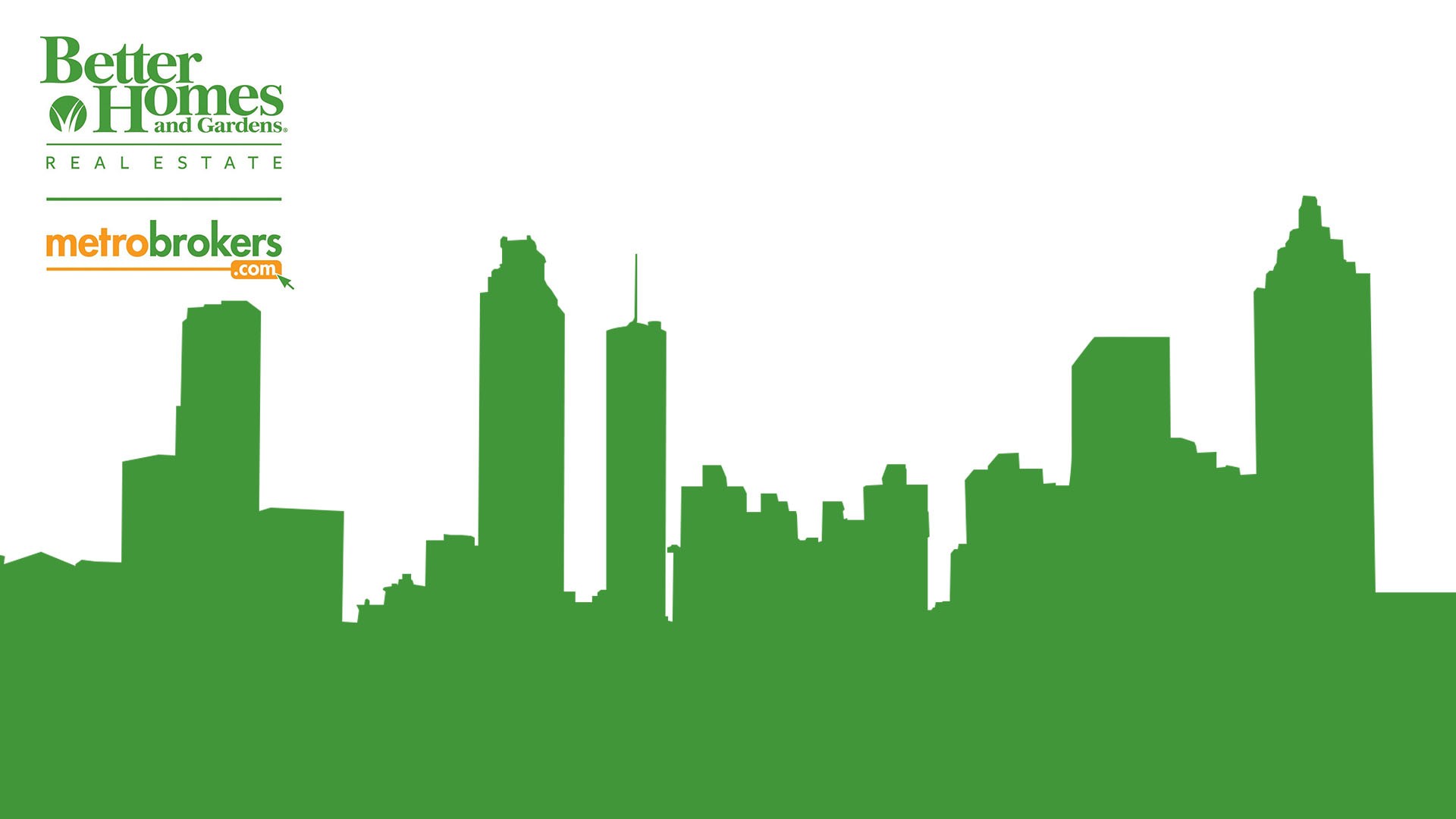In mixed-use properties, green spaces are essential elements that contribute to a sustainable and vibrant environment. They enhance the quality of life for residents, workers, and visitors alike. Here are some common types of green spaces used in mixed-use properties:
- **Rooftop Gardens:** Rooftop gardens are becoming increasingly popular in mixed-use buildings. These green spaces utilize the rooftop area to create lush gardens, often featuring a variety of plants, trees, and seating areas. Rooftop gardens not only provide recreational spaces for residents but also help with insulation, reduce the urban heat island effect, and improve air quality.
- **Courtyards:** Courtyards are interior green spaces within a mixed-use building that offer a private and tranquil environment. They may include landscaped gardens, water features, and seating areas, providing a peaceful retreat for residents and visitors amidst the bustling urban setting.
- **Pocket Parks:** Pocket parks are small, often public, green spaces located in-between or adjacent to mixed-use buildings. These miniature parks may include trees, shrubs, benches, and pedestrian pathways, creating a welcoming and refreshing spot for people to relax and connect with nature.
- **Plazas:** Plazas are open public spaces usually situated at the ground level of mixed-use developments. They often feature decorative paving, artistic elements, seating, and greenery. Plazas serve as gathering places for events, social interactions, and community engagement.
- **Urban Farms:** Some mixed-use developments incorporate urban farming spaces where residents can grow their own produce. These community gardens promote sustainable agriculture, food security, and a stronger sense of community.
- **Green Walls:** Green walls, also known as living walls or vertical gardens, are vertically installed plant systems on the exterior or interior walls of buildings. They add a touch of nature to the building’s façade, improve air quality, and provide insulation benefits.
- **Bio-Retention Areas:** Bio-retention areas, also known as rain gardens, are designed to capture and filter stormwater runoff. They typically contain native plants and soil mixtures that absorb and purify rainwater, reducing the strain on municipal drainage systems.
- **Linear Parks:** Linear parks are green spaces that run along streets or transportation corridors in mixed-use areas. They provide a natural buffer between buildings and traffic, encouraging walking and cycling while adding aesthetic value to the neighborhood.
- **Permeable Paving:** Although not traditional green spaces, the use of permeable paving materials allows rainwater to infiltrate the ground, reducing runoff and minimizing the heat island effect associated with concrete or asphalt surfaces.
Including these green spaces in mixed-use properties not only contributes to the well-being of occupants but also enhances the overall sustainability and attractiveness of the development.


 Facebook
Facebook
 X
X
 Pinterest
Pinterest
 Copy Link
Copy Link


